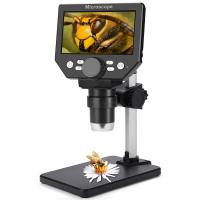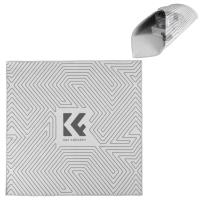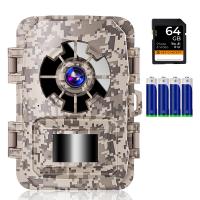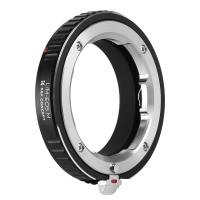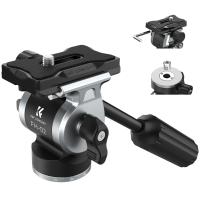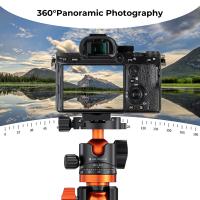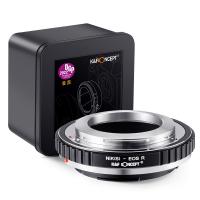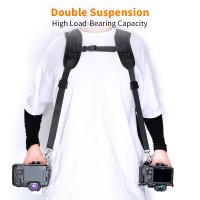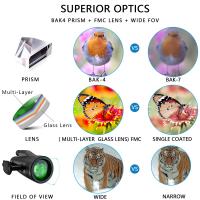What Are Camera Lens Hoods For ?
Camera lens hoods are accessories that attach to the front of a camera lens. They are designed to block unwanted light from entering the lens and causing lens flare or ghosting. Lens hoods have a cylindrical or petal-shaped design and are typically made of plastic or metal. By shading the lens from light coming in at extreme angles, lens hoods help improve image quality by reducing the contrast and increasing color saturation. They also provide physical protection to the front element of the lens, shielding it from accidental bumps, scratches, and fingerprints. Lens hoods are particularly useful in outdoor photography, where strong sunlight or artificial light sources can create unwanted glare or reflections.
1、 Reducing lens flare and ghosting in photographs.
Camera lens hoods are an essential accessory for photographers, designed to reduce lens flare and ghosting in photographs. Lens flare occurs when unwanted light enters the lens and creates a hazy or washed-out effect in the image. Ghosting, on the other hand, appears as faint, semi-transparent duplicates of bright objects in the frame. Both of these issues can significantly degrade the quality of a photograph.
Lens hoods work by blocking stray light from entering the lens at various angles. They are typically made of a cylindrical or petal-shaped piece of plastic or metal that attaches to the front of the lens. By extending beyond the lens, the hood creates a physical barrier that prevents light from hitting the lens directly. This helps to minimize the occurrence of lens flare and ghosting.
In addition to reducing unwanted light, lens hoods also serve other purposes. They provide physical protection to the front element of the lens, shielding it from accidental bumps, scratches, and fingerprints. Lens hoods can also help to improve contrast and color saturation in images by preventing excessive light from entering the lens and causing overexposure.
While lens hoods have been a standard accessory for many years, some photographers argue that they are not always necessary in modern digital photography. Advances in lens coatings and image processing software have made it possible to correct or minimize lens flare and ghosting in post-production. However, it is important to note that these corrections may not always be perfect and can result in a loss of image quality.
Ultimately, the decision to use a lens hood depends on the specific shooting conditions and the photographer's preference. In situations where there is a high likelihood of stray light, such as shooting towards the sun or in bright, backlit scenes, a lens hood can still be a valuable tool for reducing lens flare and ghosting and improving overall image quality.
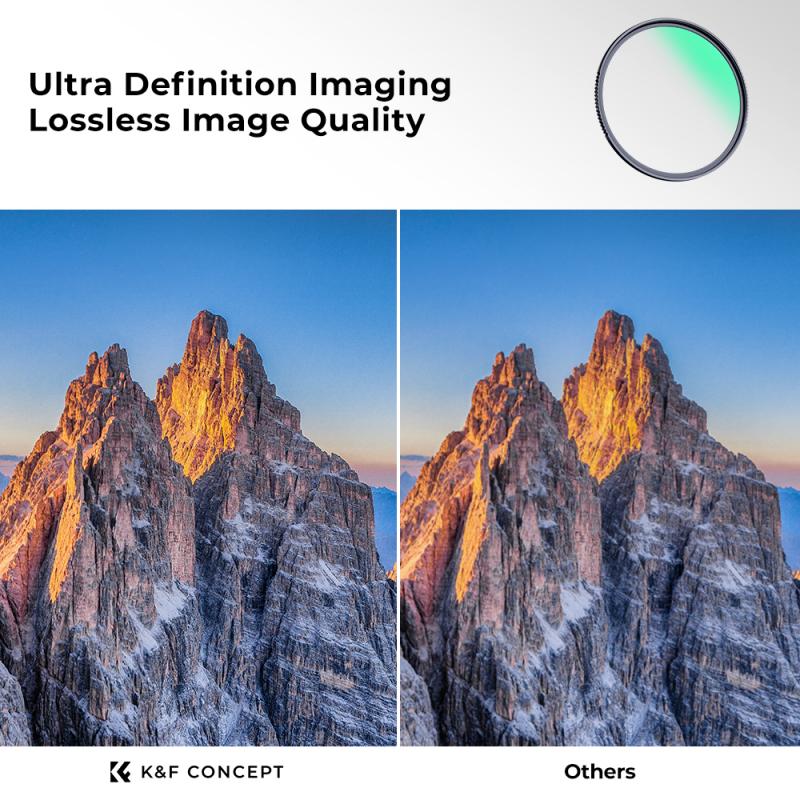
2、 Protecting the lens from accidental bumps and scratches.
Camera lens hoods serve multiple purposes, with the primary function being to protect the lens from accidental bumps and scratches. When attached to the front of the lens, the hood acts as a physical barrier, shielding the lens from potential damage caused by accidental knocks or brushes against objects. This is particularly important when shooting in crowded or tight spaces, where the risk of accidental contact with other people or objects is higher.
In addition to physical protection, lens hoods also play a crucial role in reducing lens flare and ghosting. These optical phenomena occur when stray light enters the lens and causes unwanted reflections and loss of contrast in the image. By extending beyond the front element of the lens, the hood blocks out excess light from entering at extreme angles, thus minimizing the chances of flare and ghosting. This is especially beneficial when shooting in bright sunlight or when there are strong light sources in the frame.
Furthermore, lens hoods can also help improve image quality by reducing the amount of stray light that reaches the lens. Stray light can cause a decrease in contrast and overall image quality, resulting in a loss of detail and color accuracy. By using a lens hood, photographers can ensure that the light entering the lens is controlled and limited to the desired angle, leading to sharper and more vibrant images.
It is worth noting that not all lens hoods are created equal. Different lens designs and focal lengths require specific hood shapes and sizes to provide optimal protection and light control. Therefore, it is essential to use the lens hood specifically designed for the lens being used to achieve the best results.
In conclusion, camera lens hoods serve the primary purpose of protecting the lens from accidental bumps and scratches. Additionally, they help reduce lens flare and ghosting, improve image quality by controlling stray light, and enhance overall image sharpness and color accuracy. Investing in a high-quality lens hood is a wise decision for any photographer looking to protect their equipment and capture the best possible images.
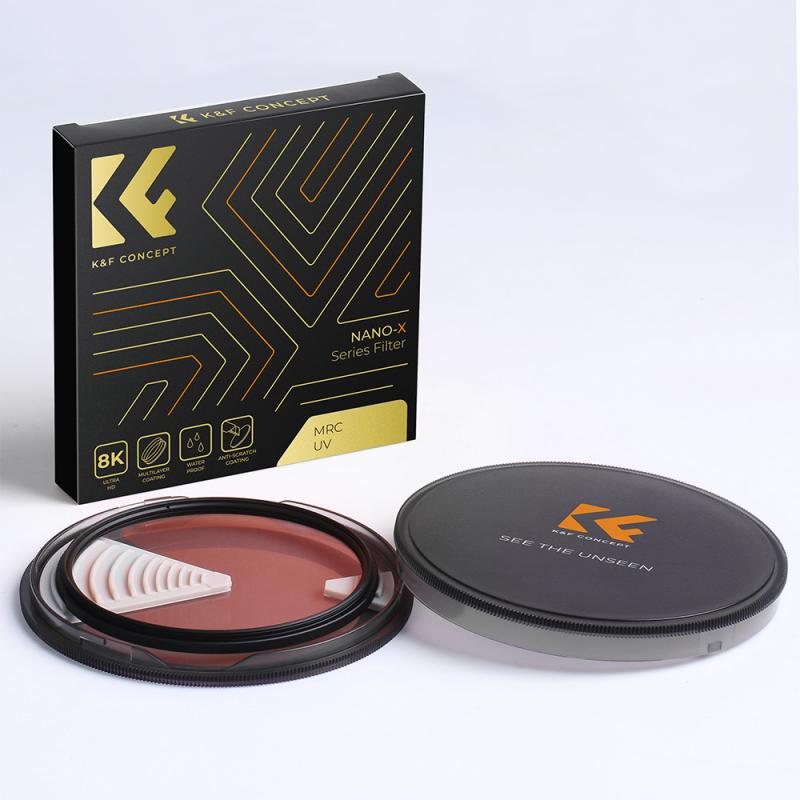
3、 Improving contrast and image quality by reducing stray light.
Camera lens hoods are an essential accessory for photographers that serve multiple purposes. Primarily, lens hoods are designed to improve contrast and image quality by reducing stray light. When shooting outdoors, sunlight or other strong light sources can enter the lens from various angles, causing unwanted glare, lens flares, and reduced contrast in the image. Lens hoods help to block these stray lights from entering the lens, thus preventing these issues and resulting in sharper, more vibrant images.
By reducing the amount of stray light, lens hoods also help to minimize the occurrence of lens artifacts such as ghosting and chromatic aberration. These artifacts can degrade image quality and affect the overall sharpness and color accuracy of the photograph. Lens hoods act as a physical barrier, shielding the lens from unwanted light and ensuring that the captured image is as true to the scene as possible.
Additionally, lens hoods also provide some protection for the front element of the lens. They act as a barrier against accidental bumps, scratches, and fingerprints, which can potentially damage the lens. This protection is particularly useful when shooting in crowded or unpredictable environments.
In recent years, there has been some debate about the effectiveness of lens hoods, especially with the advancements in lens coatings and digital post-processing techniques. Some argue that modern lens coatings are capable of reducing stray light effectively, making lens hoods less necessary. However, lens hoods still have their advantages, especially in situations where strong light sources are present or when shooting in challenging lighting conditions.
In conclusion, camera lens hoods are primarily used to improve contrast and image quality by reducing stray light. While their effectiveness may vary depending on the specific lens and shooting conditions, they remain a valuable accessory for photographers, providing both optical benefits and physical protection for the lens.

4、 Shielding the lens from rain, snow, and other weather elements.
Camera lens hoods serve multiple purposes, with the primary function being to shield the lens from rain, snow, and other weather elements. When shooting in inclement weather conditions, such as rain or snow, water droplets can easily land on the lens surface, leading to blurry or distorted images. The lens hood acts as a protective barrier, preventing water from directly hitting the lens and thus ensuring clearer and sharper photographs.
In addition to weather protection, lens hoods also play a crucial role in reducing lens flare and ghosting. Lens flare occurs when stray light enters the lens and creates unwanted artifacts, such as bright spots or streaks, in the image. By extending beyond the lens, the hood blocks out excess light from entering at extreme angles, minimizing the chances of lens flare and improving overall image quality.
Furthermore, lens hoods can enhance contrast and color saturation in photographs. By preventing unwanted light from entering the lens, they help to eliminate the occurrence of stray light bouncing around inside the lens barrel. This results in improved contrast and richer colors, as the lens is only capturing the intended light from the scene.
From a creative standpoint, lens hoods can also be used to add a sense of depth and dimension to photographs. By casting a shadow around the edges of the frame, lens hoods can create a vignette effect, drawing the viewer's attention towards the center of the image and adding a touch of visual interest.
In conclusion, camera lens hoods serve multiple purposes, including shielding the lens from weather elements, reducing lens flare and ghosting, enhancing contrast and color saturation, and adding creative effects. They are an essential accessory for photographers, helping to protect their lenses and improve the overall quality of their images.
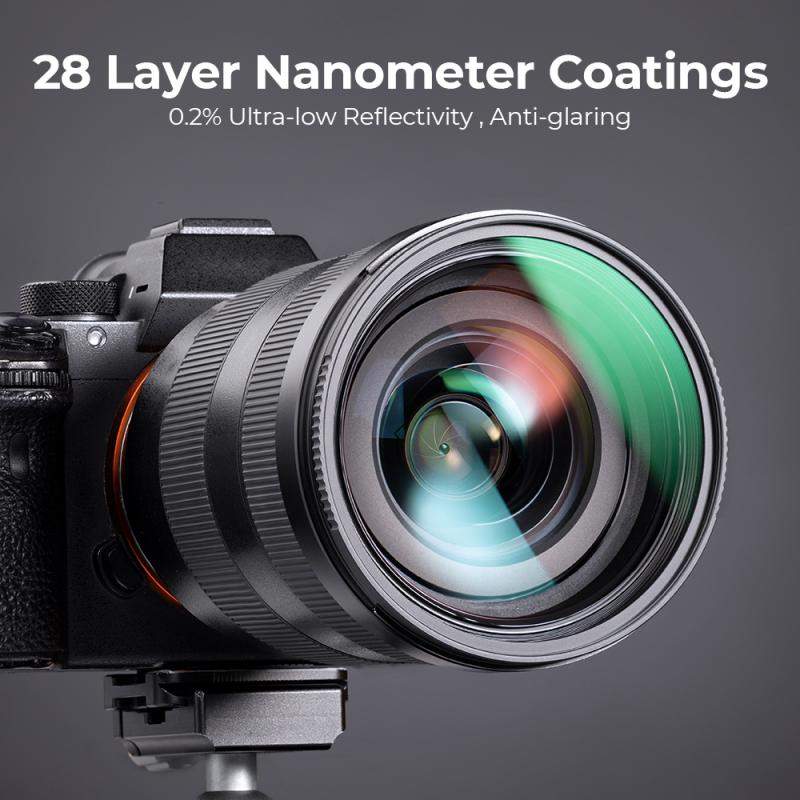

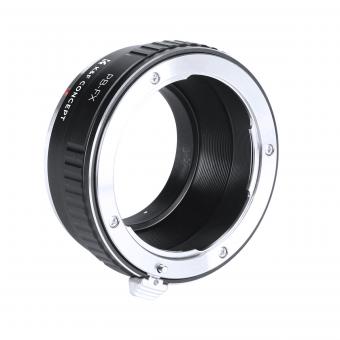
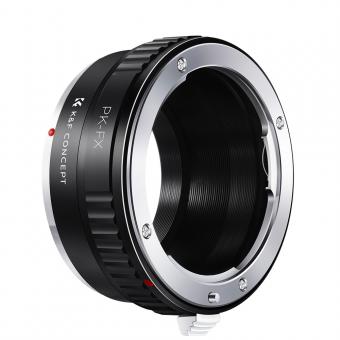
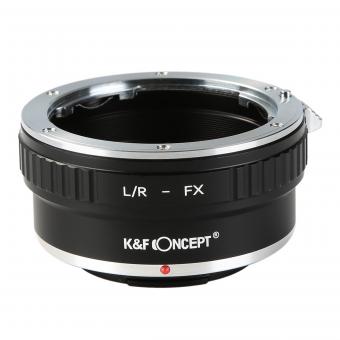







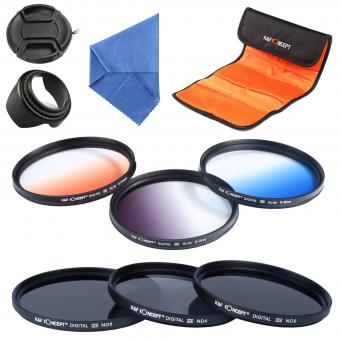

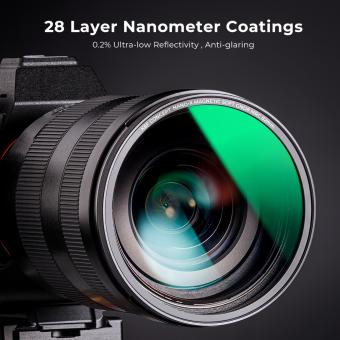


![Supfoto Osmo Action 3 Screen Protector for DJI Osmo Action 3 Accessories, 9H Tempered Glass Film Screen Cover Protector + Lens Protector for DJI Osmo 3 Dual Screen [6pcs] Supfoto Osmo Action 3 Screen Protector for DJI Osmo Action 3 Accessories, 9H Tempered Glass Film Screen Cover Protector + Lens Protector for DJI Osmo 3 Dual Screen [6pcs]](https://img.kentfaith.de/cache/catalog/products/de/GW41.0076/GW41.0076-1-200x200.jpg)


